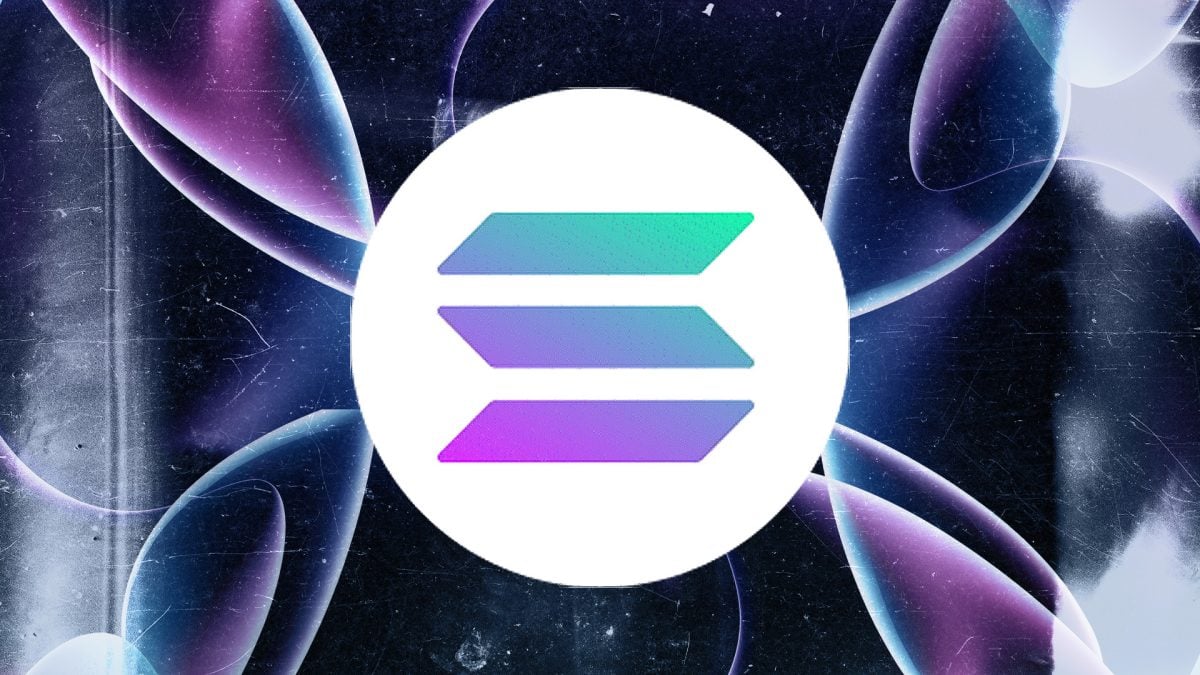
The Solana Foundation has acknowledged that the recent congestion issues plaguing its network stem from a surge in demand for block space combined with delays in updating its networking stack. During an exclusive interview with Cointelegraph at the Paris Blockchain Week, Austin Federa, the strategy lead for the Solana Foundation, detailed the ongoing efforts to resolve these critical issues.
Federa explained that while Solana’s consensus layer functions as intended, user experience has fallen short of expectations. Currently, the network handles about 700 transactions per second, a rate that is impressive but not optimal due to the current network conditions.
- Current Transaction Rate: Approximately 700 transactions per second.
- User Experience: Not meeting user expectations despite robust technical performance.
Technical Setbacks and Remedial Actions
The root of the congestion has been identified as specific bottlenecks within a component of Solana’s networking stack. Despite plans to enhance network capacity and functionality, Federa admitted that the execution of these upgrades has not kept pace with the increasing demands placed on the network.
- Bottleneck Issues: Specific components of the networking stack have hindered performance.
- Upgrade Delays: Misalignment between the roadmap for implementing upgrades and the actual demand on the network.
The Ecosystem’s Response to Demand Surges
Federa described the situation as a “failure of success,” with demand for Solana’s block space far exceeding expectations. This demand has led to the network processing more transactions than Ethereum’s layer 1 and all layer 2s combined. However, he conceded that a less favorable interpretation could be a failure in planning and adjusting to foreseeable demand spikes.
- Demand Overload: Solana is processing a volume of transactions that surpasses Ethereum’s combined layers.
- Planning and Forecasting: Potential underestimation of network demand and capacity needs.
Industry Comparisons and Growth
Reflecting on the broader blockchain ecosystem, Federa drew parallels between the early days of Amazon Web Services and its challenges with scaling and outages. He emphasized that while the blockchain industry is under intense scrutiny, the developmental phases are akin to those experienced by now-dominant tech platforms.
- Early Technology Challenges: Similar to early issues faced by major tech platforms like Amazon Web Services.
- Scrutiny and Expectations: High standards and close monitoring from the community and stakeholders.
Commitment to Improvement and Transparency
The recent release of Solana v1.17.31 for mainnet validators, which includes enhancements aimed at alleviating network congestion, signifies a concrete step towards resolving these issues. Federa also highlighted the honesty of maintaining a beta label for Solana, suggesting that it reflects the ongoing development and potential instability that could also apply to other networks in the industry.
- Recent Updates: Release of Solana v1.17.31 to address congestion.
- Beta Label: Represents the network’s current state and ongoing development.
As Solana continues to evolve, the foundation’s proactive approach to tackling technical challenges and enhancing network performance is crucial. The efforts to scale the network, improve transaction handling, and maintain transparency about its developmental status are vital to gaining and retaining user trust. With the blockchain industry still in its growth phase, Solana’s journey offers valuable insights into the complexities of developing and scaling cutting-edge technology in a rapidly evolving market.
Featured image credit: Iris Cho via The Block
